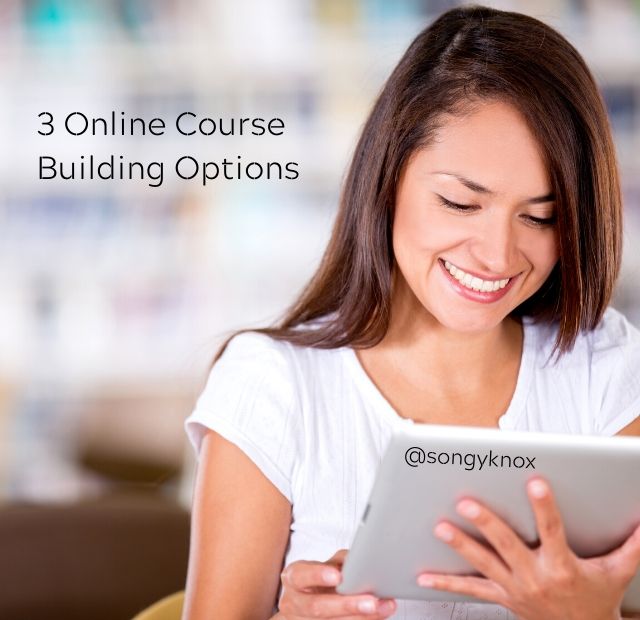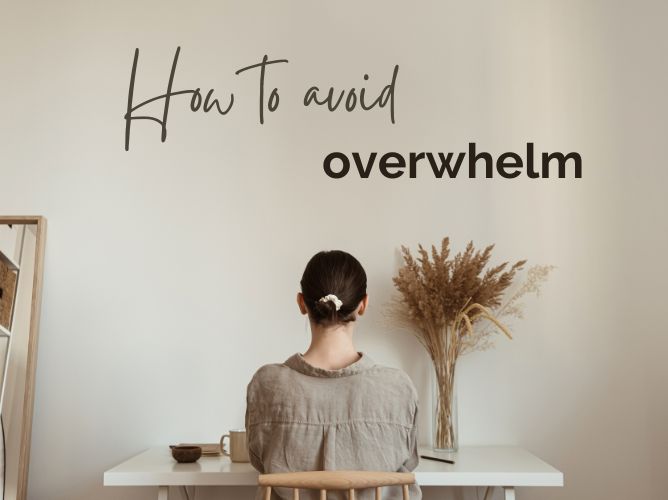Lately, a lot of conversations are around building online courses. It was the case before the pandemic crisis. Now it’s at its peak I feel.
As a coach helping businesses, I can say a thing or two about it, of course!
There are three different ways to go about building and selling a course.
Build it, and they will come?
Of course, no one came, and there were crickets. This method only makes sense if you already have a captive audience who is dying to buy what you produce. It is rare, but I’ve seen it with brands such as Jeffery Star and Shane Dawson. If you have anything less than a captive audience you’ll want to market (and relentlessly so) with (direct sales) advertising and prepare to spend a lot of money, too.
Build it backwards
As opposed to the previous concept, I recently heard a phrase ‘build it backwards’ from someone famous selling an online course building program.
How does one build it backwards? The idea is to make a small part of it, sell it to the audience first and build the rest. On the surface, it’s an attractive proposition, especially if someone spent many months and years building a high ticket course ($1000 upwards) and no one came.
It will work if customers who buy your course understand what they are getting themselves into. It’s not a proven product (yet). You’ll be able to refine the product with that initial set of customers and make it better for the next cohort of customers. By this time, your course will have proved itself as ‘effective’. And you will have enough funds to cover the build of the remainder of the course.
Build it small, learn from it and scale-up
Build something small that allows you to add value to your current customer base. Use it actively with actual customers and fill any possible gaps in the course to sell it as a stand-alone product. Once it is vetted, you can make it as a separate product and sell it with the knowledge that it works and creates the results that your audience wants. You learn the selling/processing/delivery process from this smaller course and scale it to a high ticket/premium course.
All three methods work
Depending on where you are in the game of running a business and how well versed you are with selling.
Whichever method you pick I need to remind you that we must start with the people we serve first.
What does that mean in terms of the three options? Let’s start with the first option – Build it, and they will come.
It does not say ‘what’ the build is based on. Merely building something isn’t enough because it won’t sell itself. We must build based on the people who are willing to pay. One of the ideas shared during a coaching call this week with my client was:
“I want to teach people to live a simple life, live with less and become happier”.
Under the current climate, it sounds nice. BUT, if the audience is seeking a simpler life, are they likely to pay $$$$ to learn how to live a simpler life? They might be more likely to turn everything off!
That’s one extreme example, but you get the gist. You’ll want to build something that you can sell effortlessly. It’s only possible when what your offering meets the expectations of your customers (relieving their pain and solving their problems).
Let’s look at the second option – build it backwards. It means selling something less than half-done, and it would be like laying tracks when the train is right behind you. You could be creating a super stressful situation. That’s beside the fact that the product has not been thoroughly tested end-to-end before it was sold to the unsuspecting customers. You’re merely thinking of sell first and build later. That’s scammy. Please don’t do it.
The build it backwards catch-phrase could well be one of those ‘controversial’ advertising headings they use to gain your attention (well, it caught my attention, didn’t it?). Once you sign up, they may change tack a little.
The third option of building small and scaling up may sound like a cop-out for you if you’re ambitious and planning to increase your revenue to reach seven figures right now. If you are that way inclined, you’ll want to consider option 1 and 2. In that instance, aiming for that kind of revenue, you’ll be spending at least 100K in advertising if you don’t already have a captive audience. Even if you do, you’ll be spending a fortune in advertising.
I know the majority of people reading my email are not likely to belong to that spend spend spend group, so starting small is a great way to go.
To reiterate, in most cases, selling a course is a lot harder than building a course (if you haven’t gotten that already!). It makes it so much easier for you to sell if you know the product you have is something you can stand by.
How and why I know about all this?
- I’ve seen countless businesses doing option 1 then ultimately scrapping the idea/business. And they often later became my clients re-learning what it means to market a business in the 21st century.
- I’m supporting clients through the process of launching their courses.
- And finally, I built my own membership portal (using WordPress) and created a course in the last month to add to my current one-on-one coaching service. That means what I’ve built isn’t available for you (yet).😉 Hopefully, I’ll get to road test this course with a bunch of people next week if all goes well.
I’ve shared a lot of information here. Which way are you thinking of going? Let me know by replying to this email.
Until next time, stay safe.








